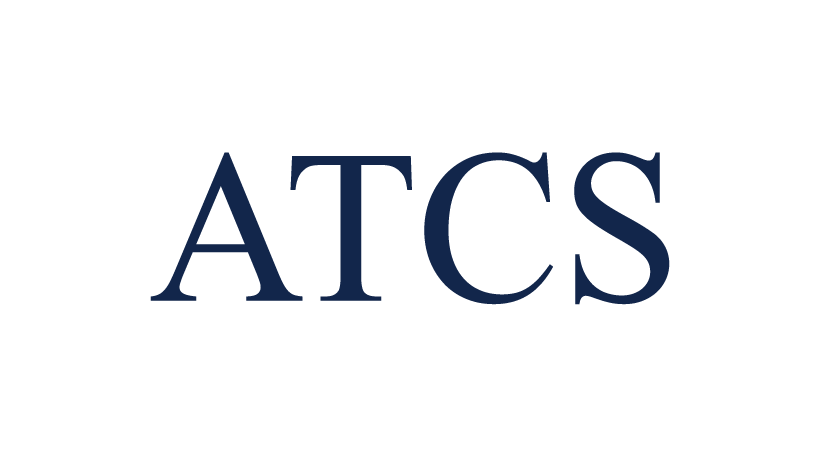A New Era for the PE Exams: Are You Ready for the New Specifications?
Part 4 – Civil Breadth and Transportation Depth Exams
By Ahmet Zeytinci, P.E., F-NSPE

As discussed in our three previous articles, the new PE exam specifications were implemented, effective April 2015. In the March, April, and June issues, we discussed in detail the new specifications for the “Construction Module,” “Geotechnical Module,” and “Water Resources & Environmental Module.” This month we will discuss the “Transportation Module” afternoon depth exams.
PE Civil exam basics:
- Offered twice a year; in April and October.
- Designed for engineers with FE (EIT) certificates who have at least 4 years of post-college work experience in their chosen engineering discipline.
- Lasts 8 hours and consists of multiple choice questions. Every problem on the PE exam is standalone (there is only one question per problem).
- Split into a morning and an afternoon session (4 hours each; 40 multiple choice questions each).
- Both sessions use SI units and the US Customary System (USCS).
- Morning and afternoon session exam results are combined with breadth results for final score.
- The February issue of our column details the morning breadth session of the exam.
- The afternoon depth section focuses on a single area of practice in civil engineering to test an engineer’s ability to practice competently in one of the five sub-disciplines of the civil engineering.
- The exam is scored based on the afternoon module selected during registration.
PE Civil Transportation – Afternoon Depth Exam Specifications
The afternoon session of the PE Civil Transportation depth session includes questions that require a variety of approaches and methodolo-gies, including design, analysis, and application. Some problems in the afternoon session may require knowledge of engineering economics.
A typical breakdown with approximate number of questions:
- Traffic Engineering (Capacity Analysis and Transportation Planning): 11 questions,
- Horizontal Design: 4 questions,
- Vertical Design: 4 questions,
- Intersection Geometry: 4 questions,
- Roadside and Cross-Section Design: 4 questions,
- Signal Design: 3 questions,
- Traffic Control Design: 3 questions,
- Geotechnical and Pavement: 4 questions,
- Drainage: 2 questions,
- Alternatives Analysis: 1 question.
Design Standards: Effective beginning with the October 2015 examinations, new revisions on design standards posted by NCEES on July 23, 2015, will be implemented.
Abbreviation & Design Standard Title:
AASHTO, A Policy on Geometric Design of Highways and Streets, 6th edition, 2011 (including November 2013 errata), American Association of State Highway & Transportation Officials, Washington, DC.
AASHTO, Guide for Design of Pavement Structures (GDPS-4-M), 1993, and 1998 supplement, American Association of State Highway & Transportation Officials, Washington, DC.
AASHTO, Roadside Design Guide, 4th edition, 2011 (including February 2012 and July 2015 errata), American Association of State Highway & Transportation Officials, Washington, DC.
AASHTO, Mechanistic-Empirical Pavement Design Guide: A Manual of Practice, interim edition, July 2008, American Association of State Highway & Transportation Officials, Washington, DC.
AASHTO, Guide for the Planning, Design, and Operation of Pedestrian Facilities, 1st edition, 2004, American Association of State Highway & Transportation Officials, Washington, DC.
AASHTO, Highway Safety Manual, 1st ed., 2010, vols. 1–3 (including February 2012 errata), American Association of State Highway & Transportation Officials, Washington, DC.
AI, The Asphalt Handbook (MS-4), 7th edition, 2007, Asphalt Institute, Lexington, KY.
HCM, Highway Capacity Manual 2010, vols. 1–3, Transportation Research Board – National Research Council, Washington, DC. This includes the following:
- Approved HCM 2010 Corrections and Clarifications (as of January 2014)
- Approved HCM 2010 Interpretations (as of January 2014)
- Replacement HCM 2010 Volume 1–3 pages (April 2014)
- Replacement HCM 2010 Volume 1–3 pages (January 12–February 13)
- Replacement HCM 2010 Volume 1–3 pages (March 2013)
MUTCD, Manual on Uniform Traffic Control Devices, 2009, including Revisions 1 and 2 dated May 2012, U.S. Department of Transportation – Federal Highway Administration, Washington, DC. 6
PCA, Design and Control of Concrete Mixtures, 15th edition, 2011, Portland Cement Association, Skokie, IL.
FHWA, Hydraulic Design of Highway Culverts, Hydraulic Design Series Number 5, Publication No. FHWA-HIF-12-026, 3rd edition, April 2012, U.S. Department of Transportation – Federal Highway Administration, Washington, DC.
Final Notes: The exam is open-book. According to NCEES, you can bring bound reference material, loose paper bound with ring binders, plastic snap binders, and spiral-bound notebooks. All paper must remain bound during the exam, and sticky notes and flags must remain attached to book pages.
As we always remind our readers, these are very fast-paced exams and you will have little time to look up information. Therefore, make sure you are familiar with your reference material and begin with the subject areas you know best. This will give you more time and build your confidence. Also, it is always good idea to consider reverse engineering the problems by substituting the answers and seeing which one works. To help prepare for the exam, here is this month’s problem set.
And finally, stay relaxed and confident. Always keep a good attitude and remind yourself that you are going to do your best!
Until next time,
Ahmet Zeytinci, P.E., (Dr. Z.)
This email address is being protected from spambots. You need JavaScript enabled to view it.









